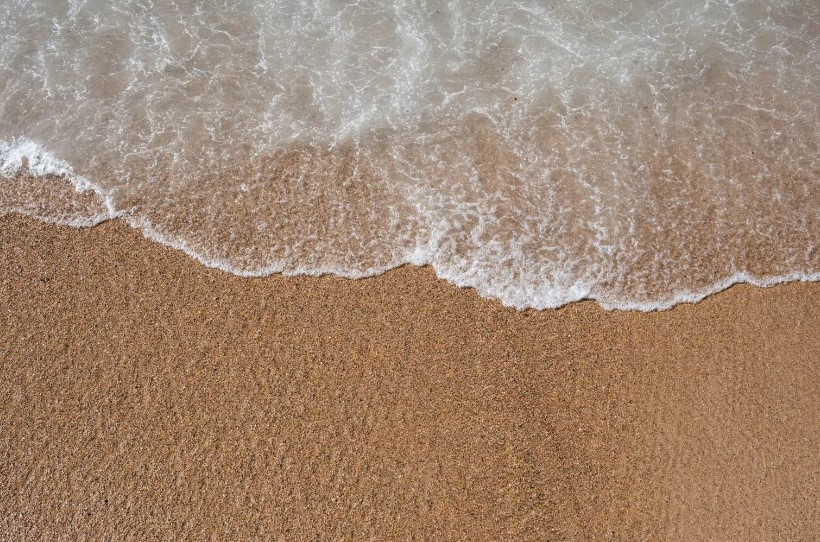UNEP launches new online platform that monitors the state of dredging the seabed in the world
(sustainabilityenvironment.com) – Six billion tons of sand and sediment. The same weight of 750 thousand Eiffel Tower. This is the volume of material that the global Dredging the seabed industry extracts every year. Creating a risk to marine ecosystems and putting additional pressure on marine biodiversity and coastal communities. This was announced by UNEP, the UN Agency for Environmental Protection, presenting the new Marine Sand Watch platform designed to monitor withdrawals from the seabed around the world.
The platform uses artificial intelligence and automated ship signals to track and monitor the extraction of sand, clay, silt, gravel and rock in marine environments around the world. Thus it is able to provide detailed information on the areas of sand extraction where concessions exist, on the dredging sites, on the trade hubs of the sand, on the number of ships and on the operators that are in sea. In the area within 200 nautical miles from the Italian coast, for example, in 2019 (last available year) between 9.8 and 15.7 million tons of materials were dredged per year.
The risks of excessive dredging seabed
Globally, the range ranges from 4 to 8 billion tons. A value considered alarming because it is “dangerously” close to the natural supply rate of 10-16 billion tons per year needed to support coastal and marine ecosystems. All the more worrying since the trend between 2012 and 2019 sees the dredging of the seabed clearly increasing.
read also Oceans are changing color: more and more green for climate change
What are the possible or already existing negative consequences? Less silt and gravel sand near the coast means more dangerous sea level rise and more exposure to storm impact. Sand extraction also endangers coastal and seabed ecosystems, including marine biodiversity affected by water turbidity, changes in nutrient availability and noise pollution. Coastal or coastal extraction can also affect the salinisation of aquifers and future tourism development.

